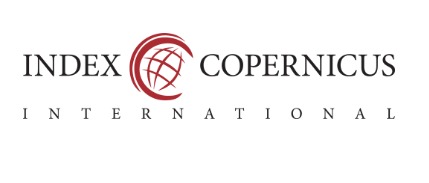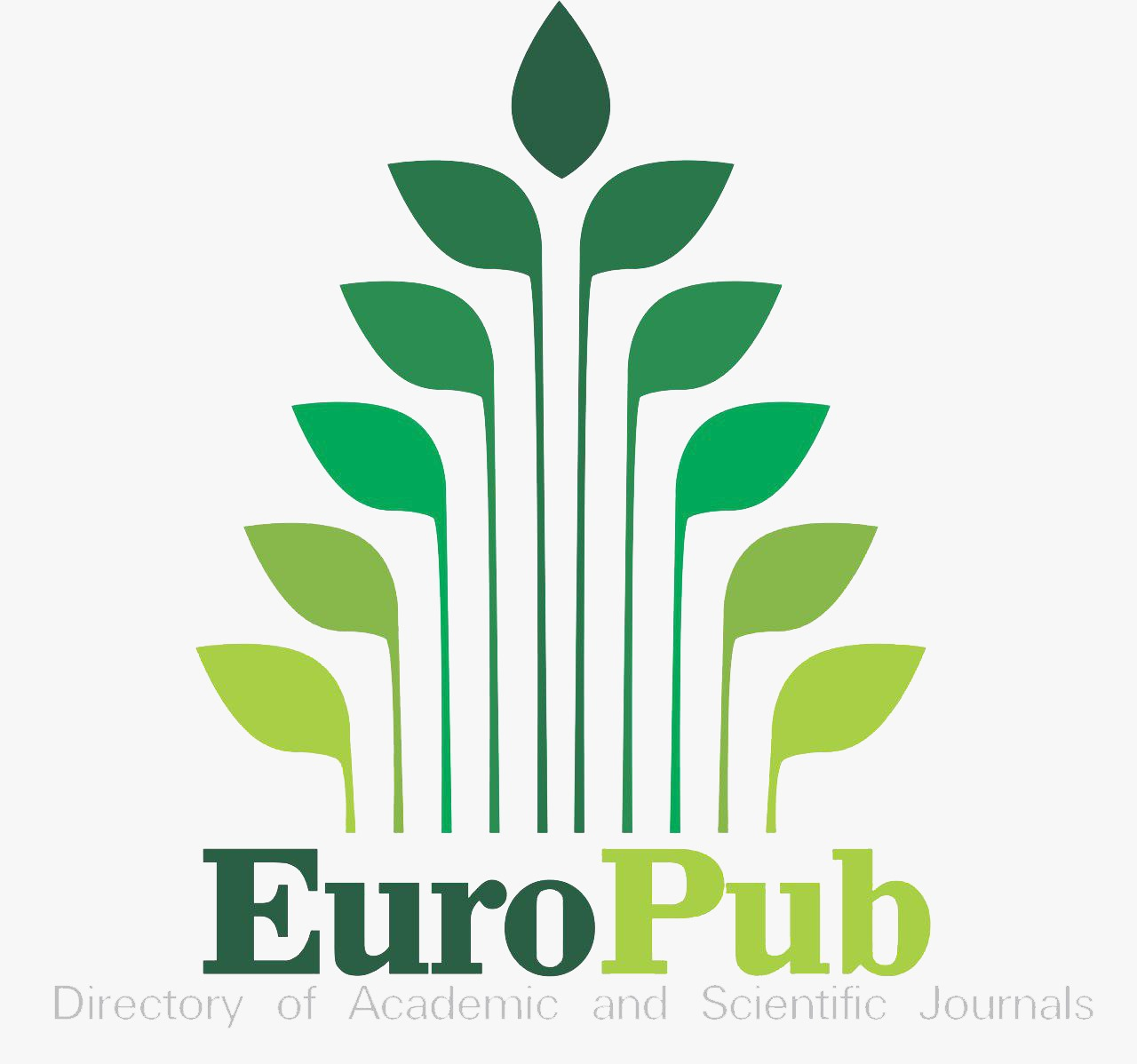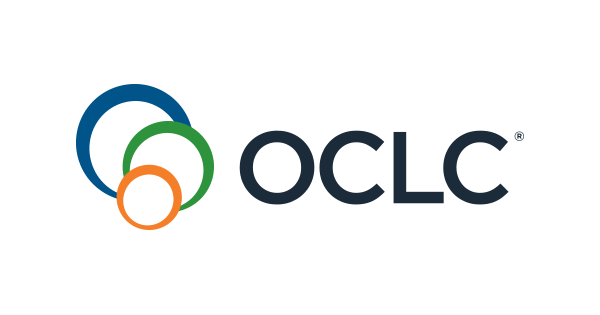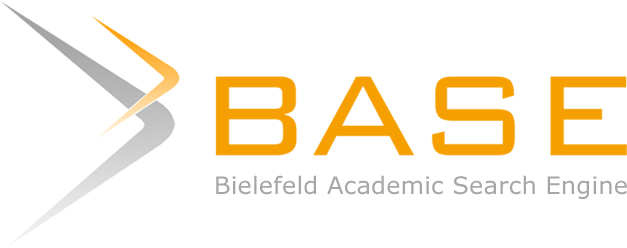Generic and specific tourism resources in the countryside of Guelmim-Kingdom of Morocco
Abstract
Aim: Despite their differences, all social resource subfields place equal emphasis on the wealth created by the resource as material or immaterial goods inextricably linked to the specifics of the territory. Because of the specific nature of some tourism resources, it is only through a geo-system-resource analysis that the generic and specific resources can be determined, even at the commune level. The resource’s worth can be determined by analyzing how it transforms from its generic form into its specific application. Specific rural Guelmim province tourism attractions are highlighted here (south of Morocco). We aim to defend this transition’s significance by focusing on the actor who can influence this key step in marketing a tourism resource.
Methodology: The province of Guelmim in southern Morocco consists of 20 communes (18 rural and 2 urban) that serve as the basis for our study area’s geographical definition. To keep our research manageable, we focus on four rural communes: Assrir, Fask, Abaynou, and Amtedi. With all their peculiarities, the raw variety of resources can be traced through the qualitative analysis of comments from the surveyed actors. Institutional actors were consulted for this qualitative study, including tourism and culture delegates, municipal officials, the Regional Tourism Council, and tourism experts.
Findings: From this vantage point, the operator’s role is seen as a prism through which the unique characteristics of the resource are conceptualized in its historical and cultural representatives, thereby highlighting the importance of the resource at the local territory.
Implications/Novel Contribution: This article describes the unique rural tourism opportunities in the southern Moroccan province of Guelmim.
References
Boujrouf, S. (2014). Heritage resources and the development of tourist areas in the high atlas and southern regions of Morocco. Journal of Alpine Research, 102(1), 1-15. doi:https://doi.org/10.4000/rga.2311
Boujrouf, S., & Tebaa, O. (2011). Tourism and poverty. Paris, France: Contemporary Archives.
Bramwell, B. (1994). Rural tourism and sustainable rural tourism. Journal of Sustainable Tourism, 2(1-2), 1–6. doi:\url{https://doi.org/10.1080/09669589409510679}
Camagni, R., Maillat, D., & Matteaccioli, A. (2004). Natural and cultural resources, environments and local development. Neuchâtel, Switzerland: Economic and Regional Research Institute.
Capone, F. (2015). Tourist clusters, destinations and competitiveness. New York, NY: Routledge.
Cayla, N., & Duval, M. (2013). Geotourism: Moroccan heritage, practices, actors and perspectives. EDYTEM Collection, 14, 101-116.
Crozier, M., & Freidberg, E. (1992). The actor and the system. Paris, France: Points Press.
de Lamarlière, I. G., & Staszak, J.-F. (2000). Principle of economic geography. Paris, France: Breal Publication.
Dissart, J.-C. (2012). Co-construction of capacities and territorial resources in mountain tourist territories. a case study on Oisans. Journal of Alpine Research, 100(2), 1-11. doi:https://doi.org/10.4000/rga.1781
Edensor, T. (2001). Performing tourism, staging tourism. Tourist Studies, 11, 59-81.
Hazebroucq, J. M. (1999). Management of tourism and leisure projects. London, UK: Gaetan Morin Press.
Herve, G., & Bernard, P. (1007). The territorial resource. Paris, France: Economica.
Hirczak, M., Moalla, M., Mollard, A., Pecqueur, B., Rambonilaza, M., & Vollet, D. (2008). From the basket of goods to a more general model of territorialized complex goods: Concepts, analysis grid and questions. Canadian Journal of Regional Science, 31(2), 241-260.
Jamani, A. (2008). The oasis of asrir, elements of social history of the wad noun. Rabat, Morocco: Crossroads Publisher.
Lamy, Y. (1996). The alchemy of heritage: Discourses and policies. London, UK: MSHA.
Landel, P.-A., & Senil, N. (2009). Heritage and territory, the new development resources. Sustainable Development and Territories, 12, 1-17. doi:https://doi.org/10.4000/sustainabledevelopment.7563
Lozato-Giortart, J. P., & Balfet, M. (2004). Tourism management. London, UK: Pearson Education.
Luangsa-Art, N. (2016). Guideline in developing a tourism route: A case study of Tambon Bang Nok Khwaek, Samutsongkharm province. International Journal of Humanities, Arts and Social Sciences, 2(3), 101–104. doi:https://dx.doi.org/10.20469/ijhss.2.20003-3
Nasser, M. A. (2018). The capacity approach in analyzing the local actors profiles in their organization around the tourism projects in the province of Guelmim. Journal of Advanced Research in Social Sciences and Humanities, 3(6), 223–228. doi:https://dx.doi.org/10.26500/JARSSH-03-2018-0603
Nasser, M. A. (2020). Media promotion and the forgotten heritage in the province of Guelmim. Journal of Advances in Humanities and Social Sciences, 6(2), 61–70. doi:https://dx.doi.org/10.20474/jahss-6.2.3
Noyer, J., Raoul, B., & Pailliart, I. (2013). Media and territories: Public space between communication and territorial imagination. California, CA: Presses University Press.
Pierre Campagne, B. P. (2014). Territorial development. an emerging response to globalization. Nouvelle, France: Imprimerie Laballery. doi:https://doi.org/10.4000/tem.3325
Senil, N., Hirczak, M., & François, H. (2006). Spatial diagnosis and territorial resource: Cross-contributions and rational opportunities. In Workshop " Territorial Dynamics: What’s new?" IREGE - EDYTEM, ChamberyAnnecy, France (p. 15).
Sharpley, R., & Telfer, D.-J. (2014). Tourism and development: Concepts and issues. Toronto, ON: Channel View Publications.

This work is licensed under a Creative Commons Attribution-NonCommercial 4.0 International License.






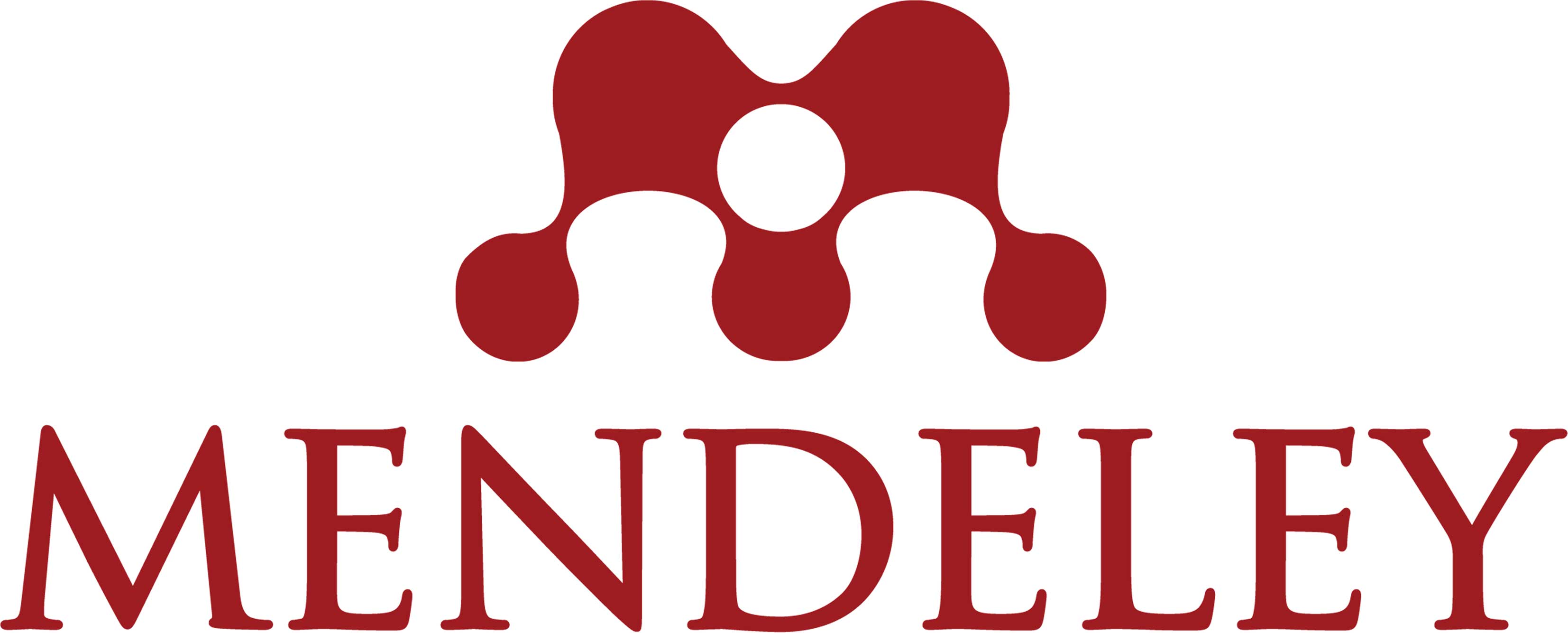



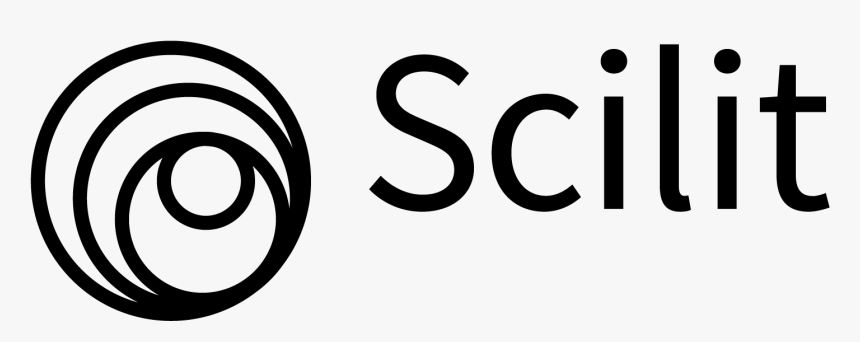

.png)
